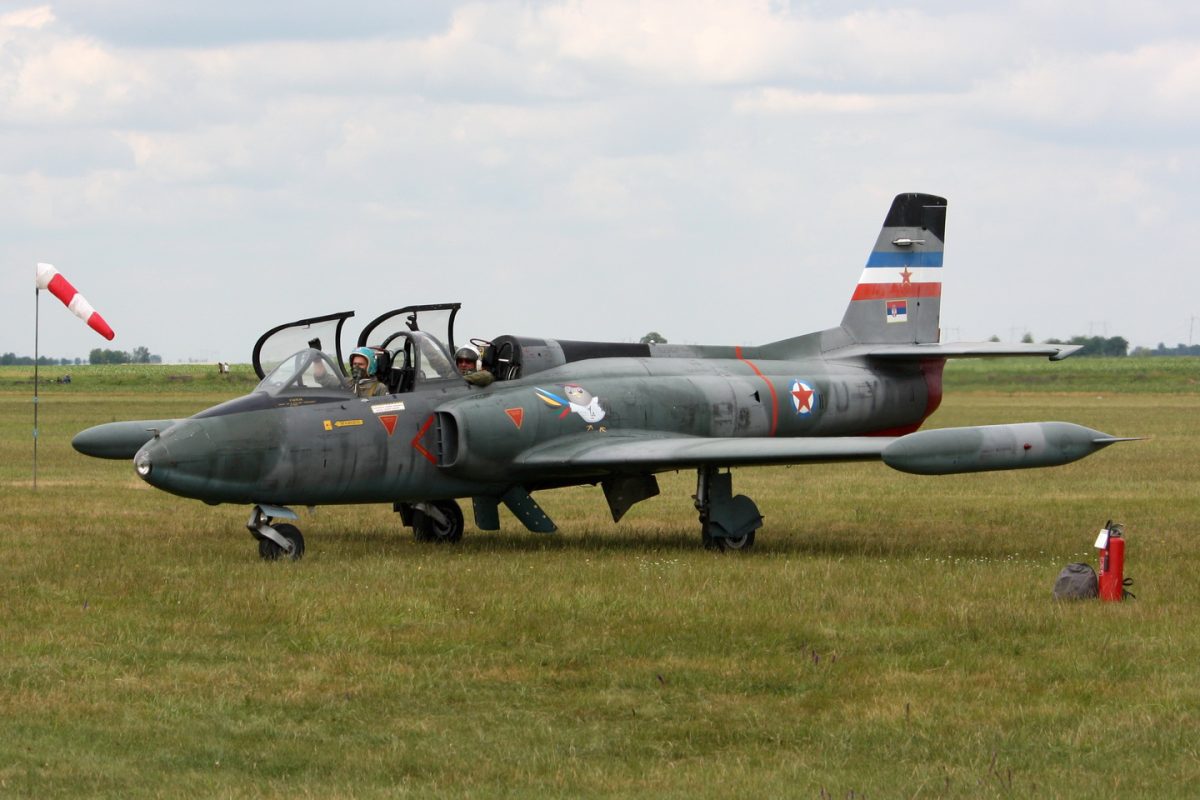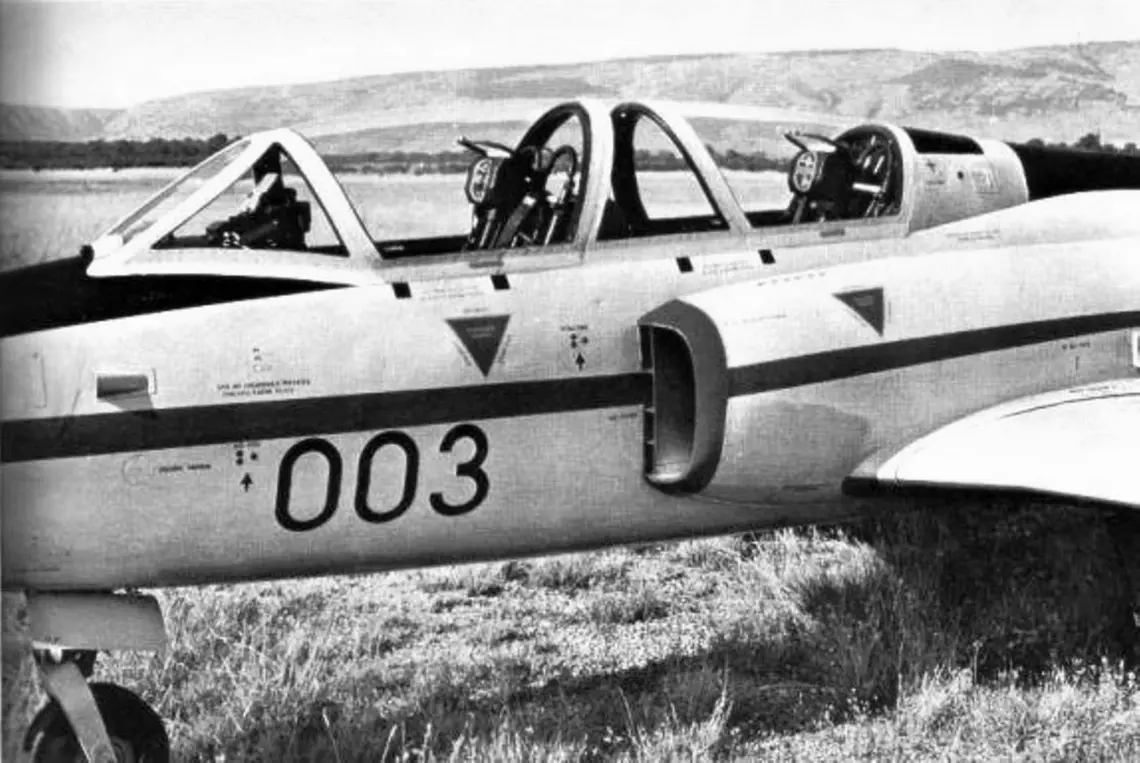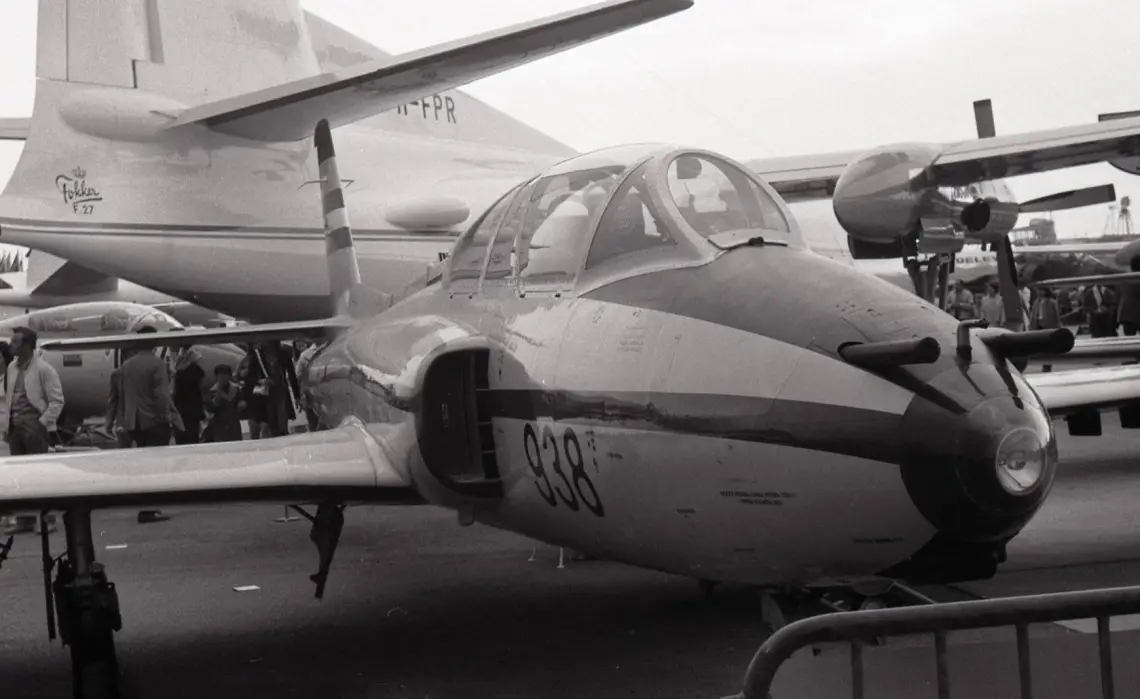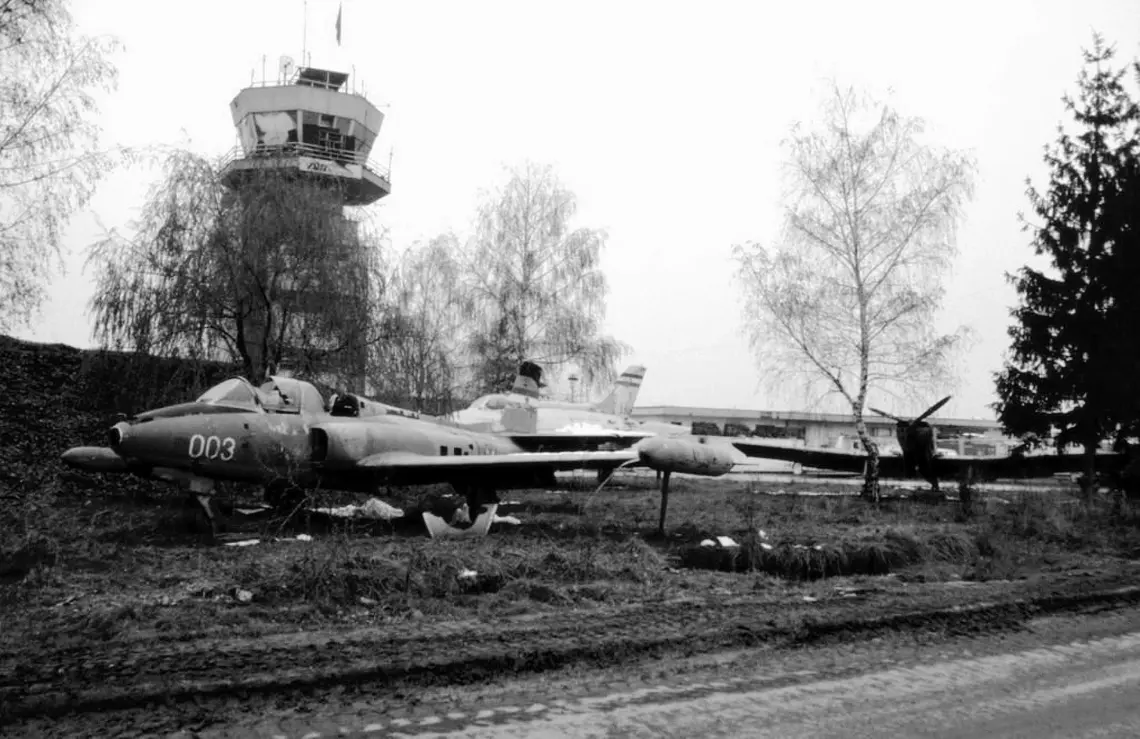The Soko G-3 Galeb (eng. Seagull), an improved version of the G-2 Galeb aircraft, emerged as a significant milestone in the aviation industry during the late 1960s. Developed by the design team of the Soko factory, the G-3 Galeb was an independent project with a specific focus on export prospects. With enhanced features, including a more powerful engine, improved maneuverability, and advanced instrumentation, the G-3 Galeb aimed to captivate potential buyers worldwide.
Development
In November 1969, the Soko company developed an upgraded version of the G-2 Galeb aircraft, leveraging the success of its export ventures. The design team at the Soko factory, entrusted with this endeavor, initiated an independent project that was distinct from the oversight of the General Staff of the JNA (Jugoslovenska Narodna Armija; eng. Yugoslav’s People Army) and the Federal Secretariat for National Defense. The project was primarily export-oriented, emphasizing the importance of attracting international buyers.

Design
The G-3 Galeb incorporated several notable improvements over its predecessor. The front end of the G-2 Galeb was combined with the rear end of the J-21 Jastreb, creating an aesthetically pleasing and aerodynamically efficient design. The new aircraft featured a more powerful engine, significantly improving maneuverability, take-off, and landing characteristics. Additionally, the fuel capacity of the wing discard tanks was increased to compensate for the higher fuel consumption.
The pilot’s cabin received an upgrade, including the introduction of modern equipment, devices, and improved instrument panels. The introduction of cabin conditioning aimed to enhance the overall comfort of flight conditions. Structural reinforcements were also made to accommodate the increased total weight of the aircraft. These modifications designated the transformed G-2 Galeb as the G-3 Galeb.

First Flight and Specification
On August 19, 1970, the G-3 Galeb made its maiden flight, marking a significant milestone in its development. The official records of the flight noted that the aircraft bore serial number 49 and was produced by Soko. Its military designation was N-60, designed as a school-combat jet. The registration number for this specific aircraft was 23003, and it was completed in the year 1970.
Unique Appearance and Armament
The G-3 Galeb prototype numbered 23003, sported a distinctive white paint scheme with red undersurfaces and tip-tanks. A striking red line extended from the nose to the exhaust port. This color scheme eventually became the standard for subsequent prototypes tested at the VOC (Aviation Test Center) and was adopted by acro-group aircraft in the 1970s.
Regarding armament, the G-3 Galeb was equipped with two 12.7 mm Colt-Browning AN-M-3 machine guns with 80 rounds each located in the nose. The aircraft also featured armament racks under its wings, capable of carrying various missiles, aerial bombs, and launchers. Its gyroscopic Thomson-CSF RY-22 sight facilitated accurate targeting.

Testing and Legacy
Although the G-3 Galeb did not achieve significant success in the market due to the demand for more modern aircraft, it played a crucial role as a testing platform at the VOC. The aircraft enabled the launch and programming of the PRM-200 missile target. Furthermore, it served as a developmental platform for the G-2AE aircraft, designed for export purposes. The G-2AE boasted an air-conditioned cabin and utilized the same engine as the other G-2A aircraft, the Viper 11 Mk 22-6.
Following the conclusion of its testing phase, the G-3 Galeb was repurposed as a teaching tool and transferred to the School Center in Rajlovac. Before this transition, it was restored to its original G-2A standard while maintaining its original engine. The aircraft underwent repainting in a camouflage scheme. The G-3 Galeb ultimately found itself on the grassy part of Butmir Airport in 1993, where it was last spotted and photographed.

Technical specifications
| Country of origin: | Yugoslavia |
| Manufacturer: | SOKO Mostar, Yugoslavia |
| Introduced in service: | Only prototype |
| Engine: | One Rolls-Royce Viper 20F-20 Mk 532 turbojet engine with a static thrust of 1540 kg. Two rubber tanks in the hull have a total capacity of 920 liters of fuel. At the ends of the wings are two removable supplementary tanks with a capacity of 270 liters of fuel each, making the total fuel capacity 1460 liters. It can use launch rockets. |
| Wingspan: | 11.7 m |
| Length: | 10.3 m |
| Weight (empty): | 2930 kg |
| Weight (combat configuration): | 3980 kg |
| Max. flight mass: | 4808 kg |
| Maximum speed (alt. 6000 m): | 840 km/h |
| Max. permissible Mach number: | 0.8 |
| Climbing speed: | 30.5 m/sec |
| Operational flight height: | 12,000 m |
| Required runway length: | 465 m |
| Range (alt. 6,000 m): | 1,040 m |
| Armament: | Same as those used in G-2A Galeb, and missile and bomber equipment is the same as in J-21 Jastreb. Thomson-CSF RY-22 gyroscope. |
| Equipment: | VHF radio station, VOR/ILS, radio beacon marker, radio compass, radio altimeter. Full IFR instrumentation with a spherical pointer and gyro platform. The cabin is equipped with air conditioning. Towing equipment and a system for self-starting the engine are included. |
